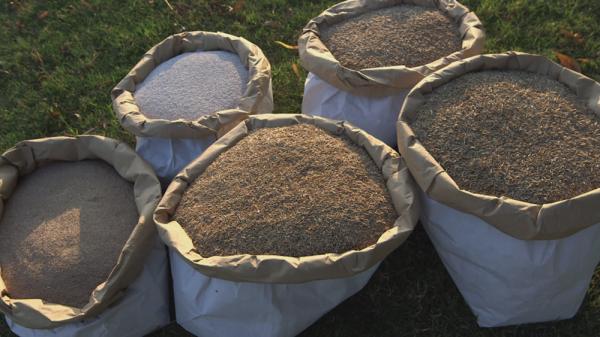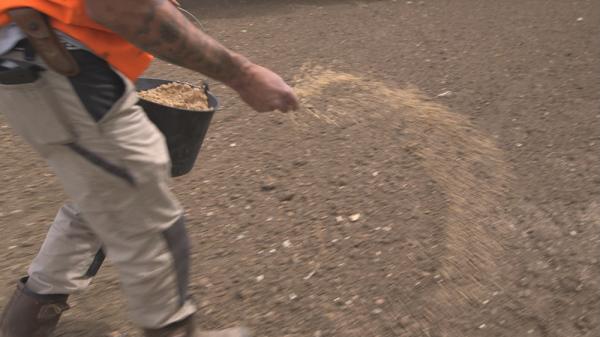 Turfgrass List
Turfgrass List
Choosing the right turf
When it comes time to seed turf, it is important to ask yourself the right questions. They fall into three categories:
- What do I expect from my turf? Do I want it to withstand trampling by a rugby team? Do I want it to have sublime aesthetics that complement the monument it surrounds? Do I want it to create a green space that provides respite in an urban center?
- What are the characteristics of the land where I want to plant my turf? Is the soil deep and nutrient rich? Or is it compacted and nutrient poor? Is the land exposed to the sun, or is it shaded?
- How much of an investment am I willing to make to maintain my turf? Can I dedicate many hours and lots of personnel to the task? Or do I want to invest as little as possible to minimize long-term costs?
Answering all these questions will already allow you to choose the general type of turfgrass mixture that you should use. There are specific mixtures for athletic fields, parks, and ornamental gardens, just to name a few examples. Each is made up of different species that are suited to different uses.
However, to find a turf that meets all the criteria you have defined above, you will need to delve deeper and choose a turfgrass mixture that is composed of the most appropriate and best-performing species varieties. The website Turfgrass List can give you a hand by letting you compare and contrast turfgrass varieties.
With just a few clicks, you can figure out which varieties are the most resistant to trampling or to a given disease, which varieties are the most aesthetically pleasing, and which varieties establish themselves quickly, preventing weeds from taking over.
Given the current push to reduce the use of plant protection products, it has become even more crucial to make the right use of the right turf in the right spot.

